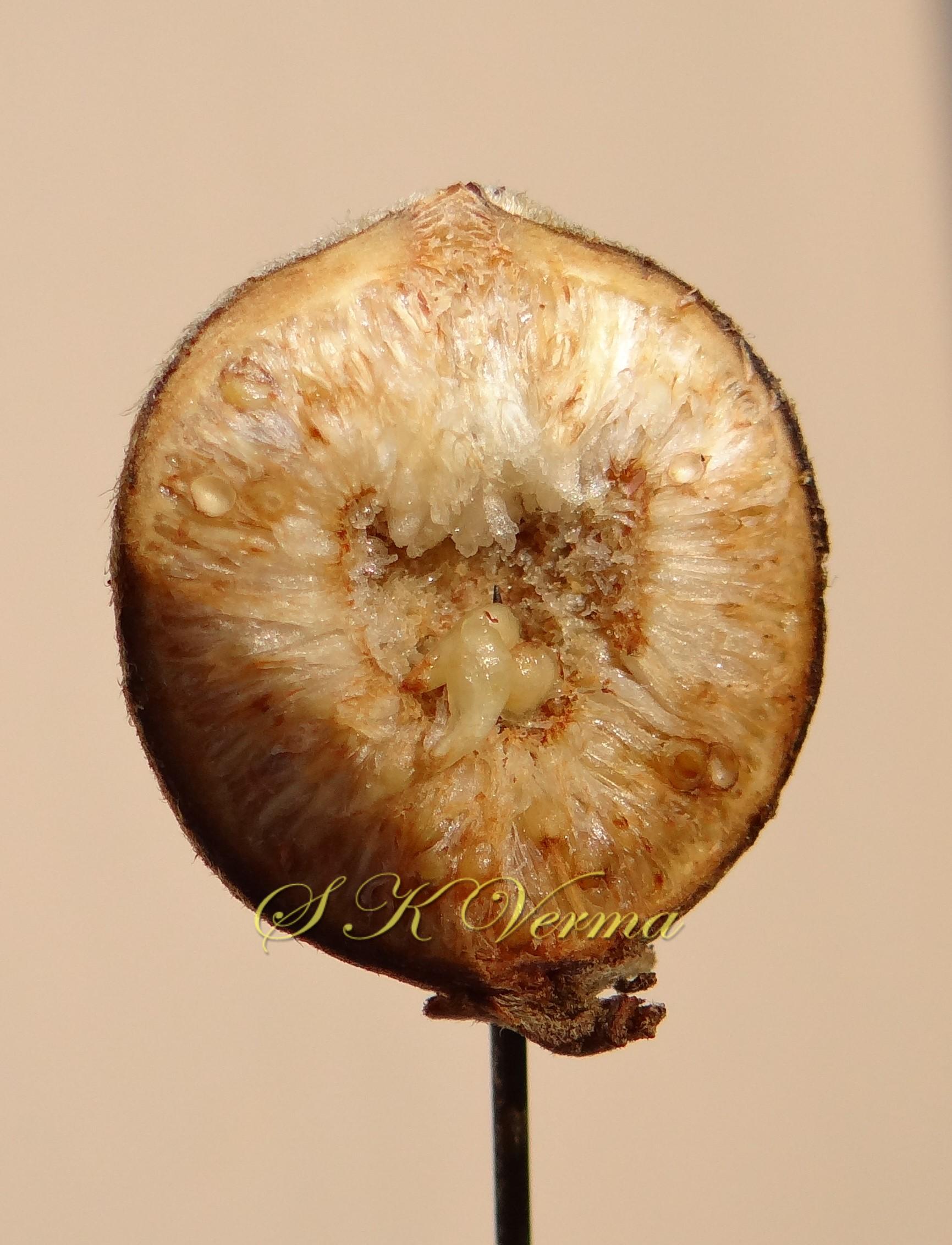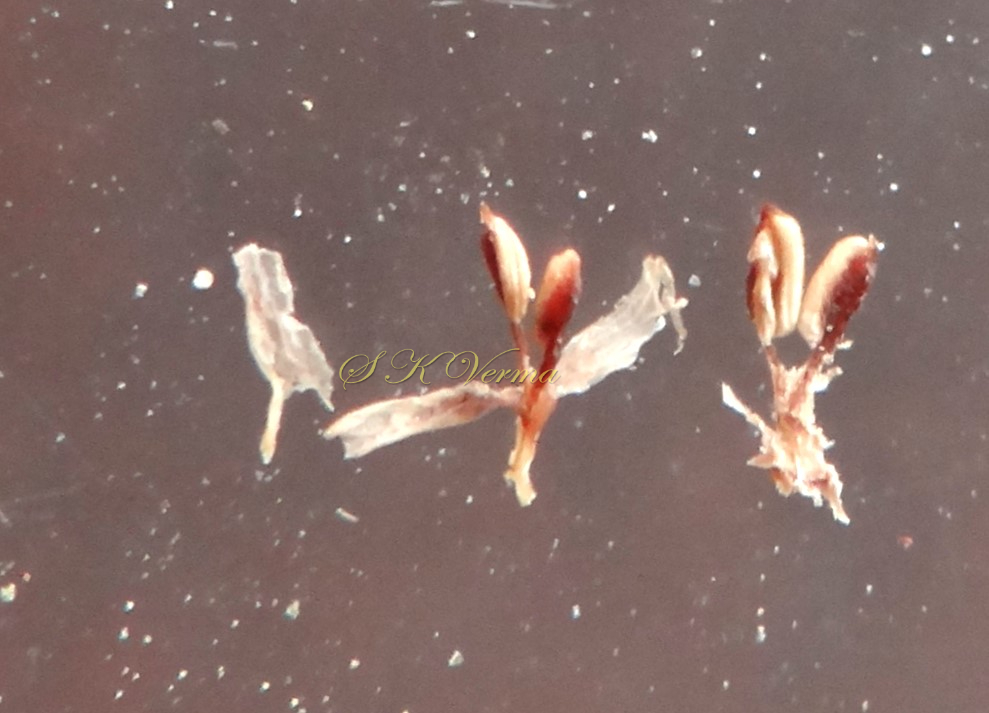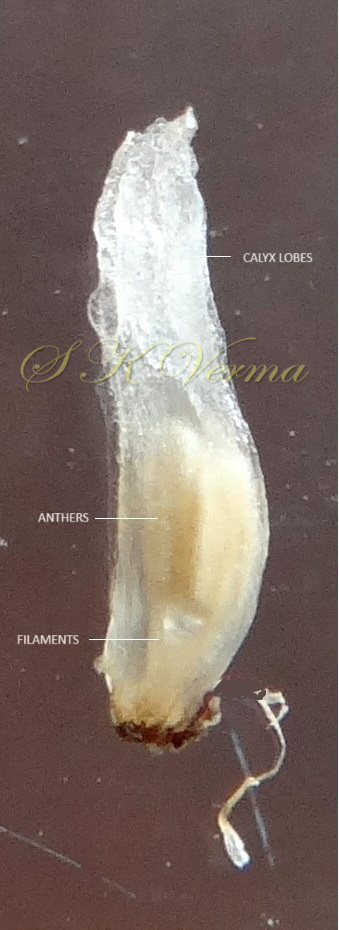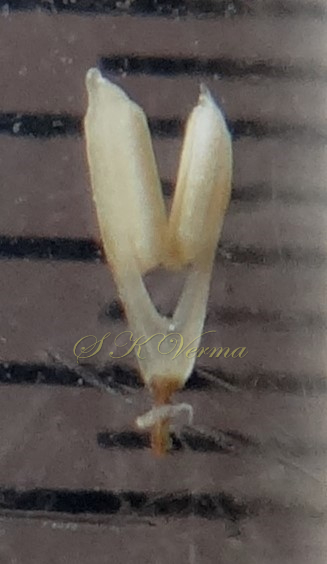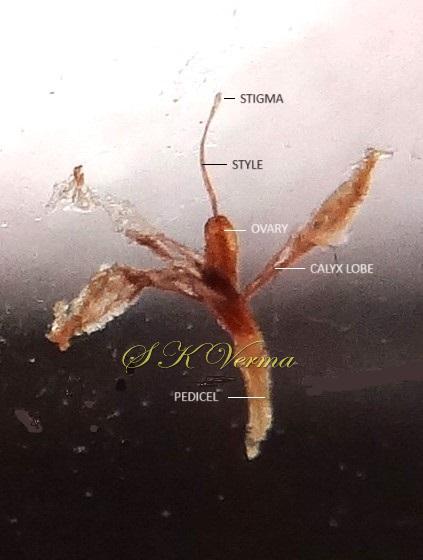Ficus racemosa
Ficus racemosa
L., Sp. Pl. 2: 1060. 1753; Cooke, Fl. Pres. Bomb. 3: 154. 1958 (Reprint ed.); Corner, Gard. Bull. 21(1): 34. 1965; Corner in Dass. & Fosb., Rev. Handb. Fl. Ceylon 3: 266. fig. 21. 1981; Rani & Mathew in Mathew, Fl. Tamil.-Carn. 2: 1536. pl. 111 g. 1982; Mathew, Ill. Fl. Tamil.-Carn. 2: 13 f. 123. 1798; King in Hook. f., Fl. Brit. Ind. 5: 535. 1890; Parker, For. Fl. Punj. ed. 1: 482. 1918 (Reprint 1973).
Small to large tree,10-20(-30) m tall, evergreen, occasionally deciduous, trunk crooked, base buttressed; bark smooth, grey with a yellowish tinge; young twigs finely pubescent. Leaves alternate; petiole 2-5 cm long, adaxially grooved, minutely pubescent; leaf blade ovate-lanceolate to +/- elliptic-lanceolate, 8-16 cm x 3-6.5 cm, leathery, abaxially pale green, pubescent when young, glabrescent and scabrid when mature, adaxially dark green and glabrous, base cuneate to obtuse, margin entire, apex acuminate to obtuse, sometimes emarginate; 3-nerved at base, secondary veins 4-8 on each side of midvein, bulging beneath, intercostals present. Stipules triangular-ovate, 12-15 mm x 4-5 mm, acute-acuminate, brown, puberulent, subpersistent. Hypanthodia on 8-40 cm long peduncle borne in large clusters on tubercles on the main trunk and main leafless branches (cauliflorus), subpyriform-globose, ca. 1.5-2.5 cm x 1.5-2.5 cm, green, subtended by 3 broadly triangular-ovate brownish basal bracts; apical orifice/ umbilicus depressed, closed by 5-6 pink-brown bracts without internal bristles. Male, female and gall flowers in the same receptacle. Male flowers: Numerous, ostiolar, in 2-3 whorls, ca. 5 mm long. Sepals 3(-4) united, lobes membranous, transparent, dentate-lacerate, red. Stamens usually 2, anthers ca. 1.5 mm long, 2 anthers slightly unequal, apiculate; filaments ca. 1.5 mm long, dorsifixed; pistillode present or absent. Female and Gall flowers intermixed, usually pedicellate. Sepals 3-4, connate at base, calyx lobes +/-linear; style lateral, 2-3 mm long, glabrous; stigma clavate or simple. Figs depressed, subglobose or pyriform, ca. 2.5 cm in diameter, red, orange or purple, usually streaked. Achenes ovoid, lenticular, ca. 1 mm long, yellowish brown with red dots.
Common Names: Cluster Fig; Goolar, Gular, Rumbal, Umber (Hindi)
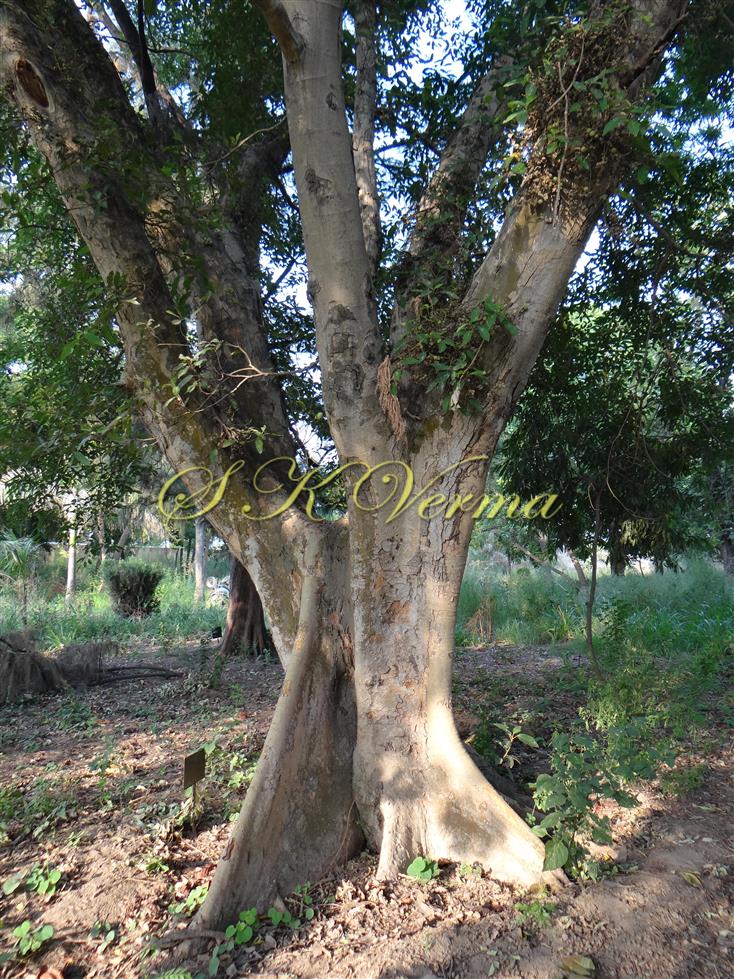
-DSC09492.jpg)
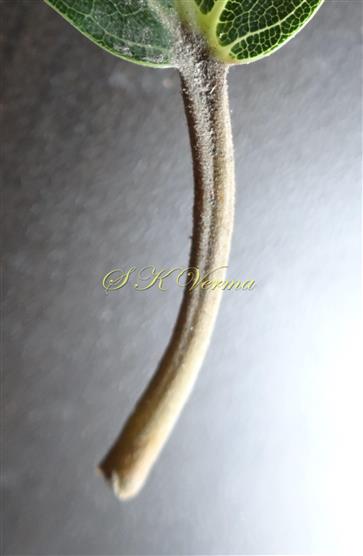
-DSC09497.jpg)
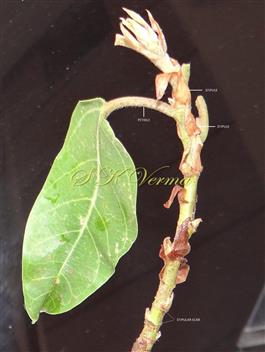

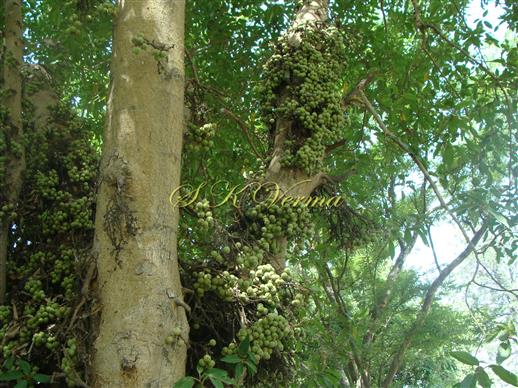

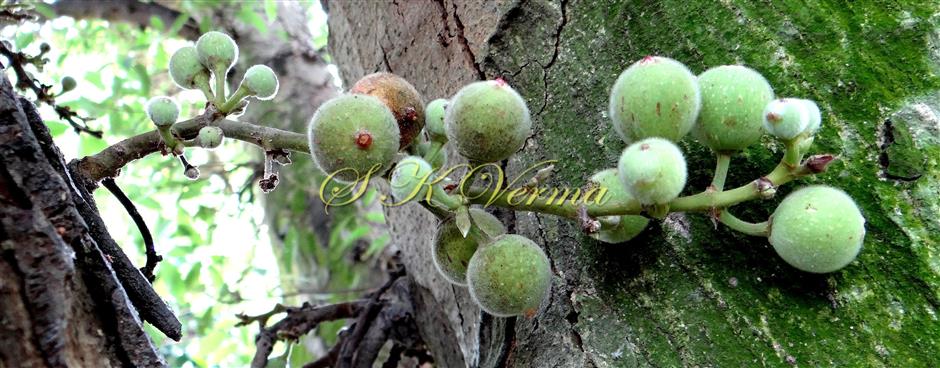
-DSC06798.jpg)

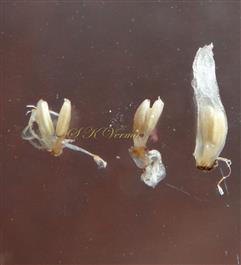






-DSC09492.jpg)

-DSC09497.jpg)

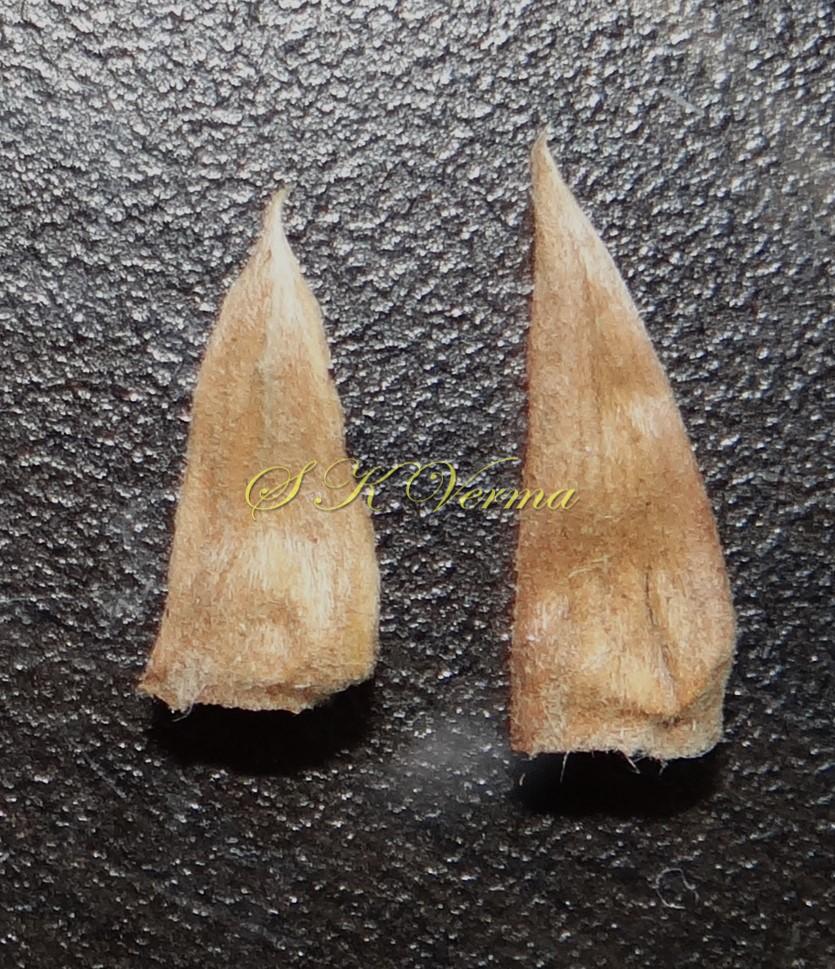



-DSC06798.jpg)
